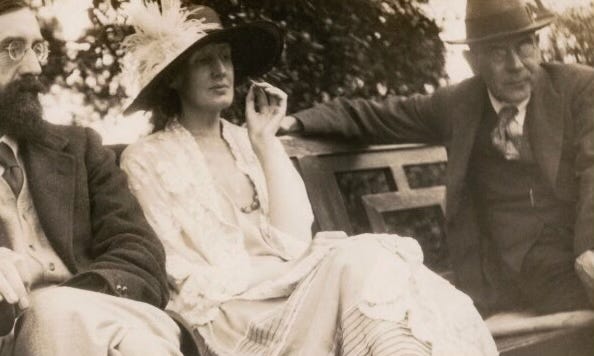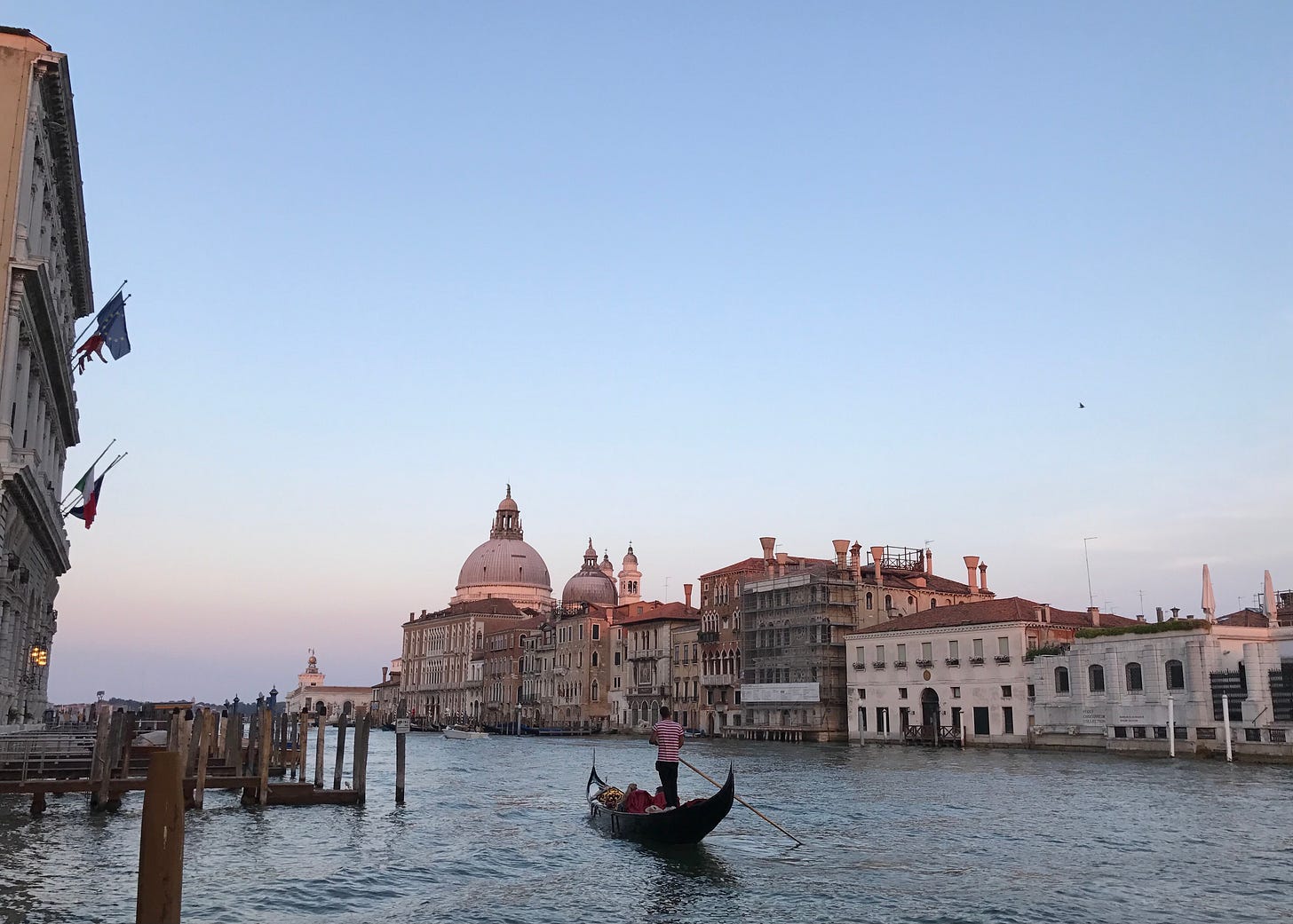
Mrs. Dalloway, Virginia Woolf [Hogarth]
A Year on Earth with Mr. Hell, Young Kim [Fashionbeast]
The reassuring part about picking up Mrs. Dalloway is that you are embarking on a novel that takes place all in a single day. I’ve started the novel endless times—purchased, borrowed, and donated multiple copies. Somehow, until this year, I’d never finished it.
Mrs. Dalloway is Virginia Woolf’s forth novel. It was published in 1925, when she was 43. At the top of her second manuscript of Mrs. Dalloway, according to her biographer, Hermione Lee, Woolf wrote: “A delicious idea comes to me that I will write anything I want to write.”
Dalloway is an ostensibly straight novel with a lesbian romance nestled right in its heart and a frank account of madness and suicide that Woolf drew from her own experiences of mental illness. It’s also, by virtue of its geography and setting, very much a novel about war and colonialism. The novel reunites four friends, all now in their 50s, in the wake of the First World War on the occasion of a dinner party given by the titular character.
Woolf breaks up this reunion with small set pieces: a man tortured by the friendship he lost in the trenches, and a society woman summoning men to her for a luncheon for the all-important task of advising her on a letter.
When she is enchanting and crisp, no one matches Woolf, but I found myself reassured at my struggle by Brigid Brophy’s take on Woolf: “too devastatingly vague” (bless
for her thorough survey of Brophy in the London Review of Books.)Woolf is the sort of writer who I fear has been spoiled for me by how much everyone has taken her loose, observational style and made it commonplace. It was a welcome reminder to have Charlie Porter’s Bring No Clothes at hand while reading.
Porter examines the Bloomsbury set (of which Woolf was a key member) through their dress. It is a wonderfully fresh lens—however radical you may know them by their writing, art and love affairs, Porter’s take on the role of dress brings all of them into a more human, daily focus.
His introduction—he quotes from multiple letters where they extort each other to visit without packing or wearing formal Victorian dress clothes—gives depth to what to modern ears sounds like a sort of saucy nudist invite. They are inviting each other to visit with ease; without artifice. “We need to break any gendered assumptions about garments, so we can consider these humans as individuals in their clothes and their circumstances.”
I turned from Porter back to Dalloway with this invitation: to set aside my expectations of the novel as a classic and read it as a garment of its time:
“Having done things millions of times enriched them, though it might be said to take the surface off,” writes Woolf. “The past enriched, and experience, and having cared for one or two people, and so having acquired the power which the young lack, of cutting short, doing what one likes, not caring a rap what people say and coming and going without any very great expectations.”
—
Young Kim also invites us to consider what we are wearing to dinner:
To be overdressed doesn't bother me (to be underdressed is excruciating). Nevertheless, I did feel on display, in my bristling black fox jacket belted tightly with the periwinkle- (or more precisely, "parme"-) colored jersey skirt swinging out underneath, sheer black polka dot tights, and metallic fuchsia stilettos. Crystal fronds creeped up the sides of my ears. I was wearing candy pink lipstick—a glossy lip varnish with a vinyl effect— and raspberry-colored nail polish. I probably looked more like a candidate for a Roxy Music video than a typical diner at the Knickerbocker.
In 2016 Kim embarked on a year long love affair with the musician and writer Richard Hell. She also started writing. “In writing this book I have only done what men have done unapologetically (and I do not think they should apologize) since time immemorial: choose my work over my relationship,” she told the Times.
Her acupuncturist, treating her before a date with Mr. Hell, delivers a line a good friend once also shared with me as I embarked on an extremely ill-advised affair: “Enjoy yourself.”
Kim is a delightful tour guide of the anxieties and delights of passion. She shares detail with a practiced eye, yes of sex, but also of the world she inhabits. These are cities and settings I too have inhabited, but at a price point I do not. “The past is a foreign country,” LP Hartley warned us—but so is wealth.
She makes hotel hopping seem effortless and by extension—the wealth that it requires. Arrive in a water taxi in Venice and any party will admit you! And yet just when she has nearly lost you in luxury, she asserts an unexpected aside. How is 2017 the first time she has heard The Drifters!?!?
The only part where Kim lost me was her admiration of Damien Hirst. A Year on Earth includes a visit to “Treasures from the Wreck of the Unbelievable”—his 2017 show in Venice. I am a confessed unbeliever in Hirst, which seems to be wise given the enormous fraud his studio (named, amusingly, Science Ltd) has recently perpetuated by attempting to pass off new works as being from his 90s heyday.
But that is my only quibble with Kim, who otherwise gives a perfect romp of a book. I do want to hear about carefully chosen underwear! I also like a few drinks at dinner! I too have found inspiration at the end of love gone wrong! “Why should sex be banal? Why can’t everything be aesthetically composed?”
Kim starts writing because Hell requests a sexy note, but transforms it into her own project. “The muse is traditionally a woman […] But Richard inspired me,” she writes. “Unlikely as it seemed, he had become by muse. And without him, a certain spark had gone.”
DAMN WOMAN. Claim your authorial rights!
Kim, Woolf: Glorious specific portraits of women calmly occupying the stage with exactly the drama they choose to add to the scene.




